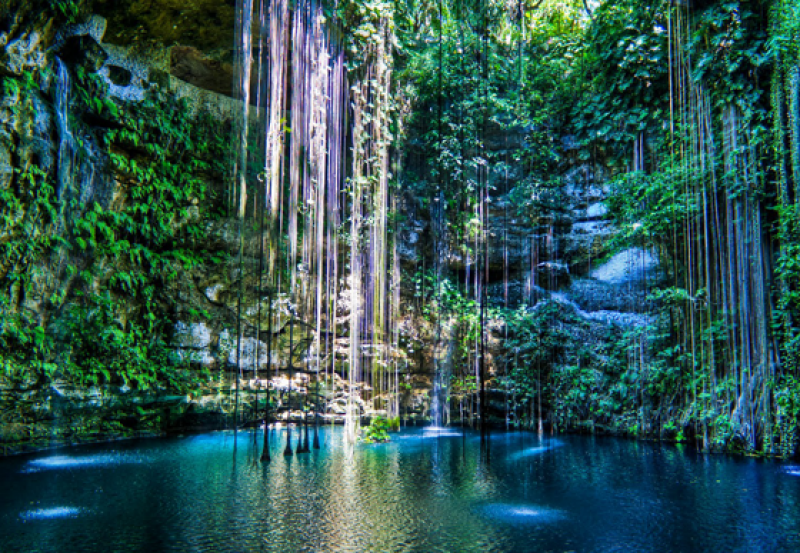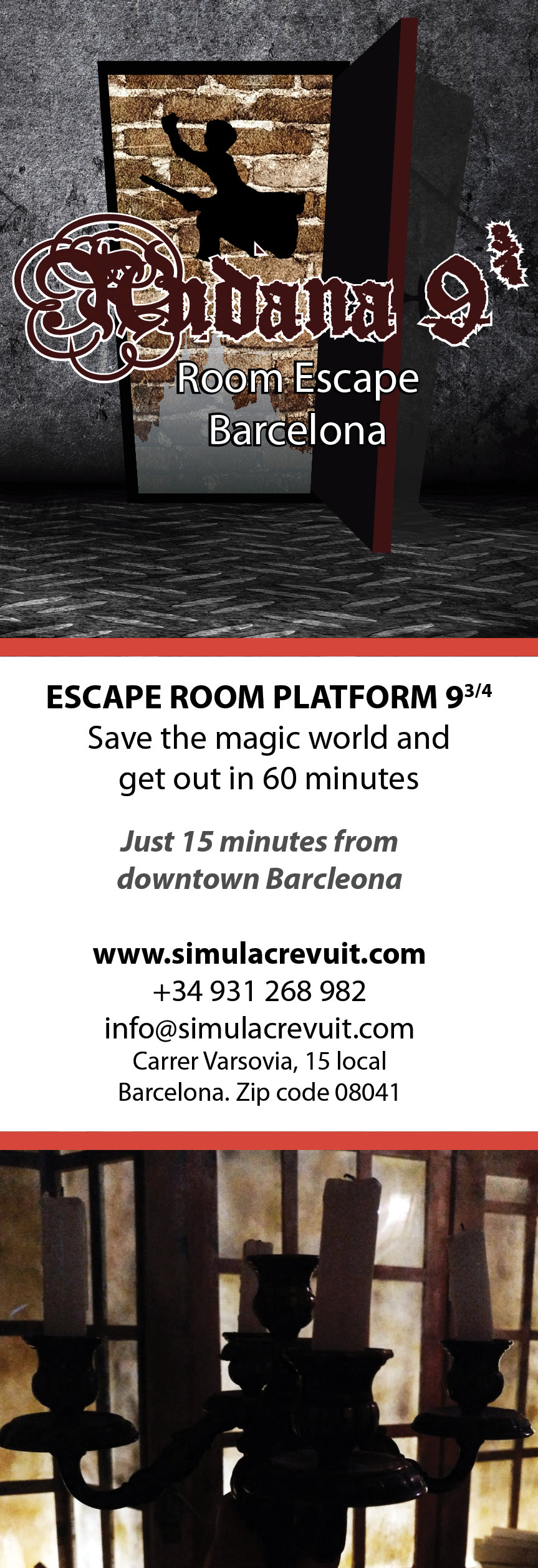
The Cenotes Of The Yucatan Peninsula
By Ryan Merrifield
No one can deny the beauty of lure of the stunning beaches of the Yucatan Peninsula, most notably Cancun, Tulum and Playa Del Carmen. But those who want a break from the unrelenting sun (and the unmistakable glitz of the coastline) can escape to a magical underwater grotto of crystalline pools. These secret locations invite travellers to take a dip in the mineral-rich waters, swim through enchanted caves and relax under a canopy-framed sky.
A natural hole in the earth formed by soft, collapsible limestone, the word ‘cenote’ is derived from the Mayan world dzonot, which means sacred well. Incredibly, the Yucatan Peninsula is thought to be home to a staggering 7,000 cenotes. The Mayans worshipped this vast connection of sink holes, building their communities around them; as well as a source of fresh water, the Mayans also believed the cenotes were portals to the underworld (offering a way to communicate with their gods) and that the soothing waters could heal maladies. Punctuated by shafts of sunlight and surrounded by giant tropical trees or glistening cave walls, you’ll soon realise just why the Mayans believed they had discovered a gateway to another world.
The Best of the Yucatan Cenotes
A great number of Mexico’s cenotes are filled with fresh water that either falls as rain or seeps into the sink holes from the underground water table. Luckily for visitors, many of the fresh water cenotes are open to the public; you need nothing but a swimsuit (and perhaps a picnic basket) to explore these natural curiosities and bask in absolute, unequalled beauty.
Cenote Ik-Kil
Also known as the ‘Sacred Blue Cenote’, Ik-Kil resembles a well that falls straight down into the Earth. Located between the revered archaeological site of Chichen Itza and Valladolid, this breathtaking cenote is approximately 130 feet deep, though the actual pool is located 80 feet below the Earth’s surface, meaning visitors have to descend a carved staircase to reach it. Ik-Kil is without a doubt one of the peninsula’s most famous and therefore popular cenotes; vines hang from the well’s opening and trail into the water below, creating a magical atmosphere that is sure to take your breath away.
Cenote Samula
As though its natural beauty wasn’t enough to inspire visitors, Samula is evocatively lit with colourful artificial lighting that gently pulsates and fades, creating a mythical, fairy tale environment. Located outside the town of Dzitnup, the magical and moody atmosphere of Samula is a photographer’s dream. Swimmers too flock here to bathe amongst beauty; long tree roots spill through a large hole in the Earth’s crust above, taking life from the cenote’s water, whilst bats flap in the shadowy nooks above. Don’t float in one spot for too long however, otherwise an inquisitive catfish or two may nip at your toes.
Cenote Azul
Open air cenotes do not get as much attention as their underground, cavernous cousins – however, this often means they are mercifully free from larger crowds and jostling tourists. Located a short distance outside of Playa del Carmen, Cenote Azul is easily the most beautiful open air cenote of the peninsula. Azul offers blindingly turquoise waters of varying lengths; paddle in the translucent shallows if you prefer, or dive from a small overhanging cliff into the deeper, darker waters below. It is also populated by many intriguing fish species, so a waterproof camera is a must.
Share this article:




















